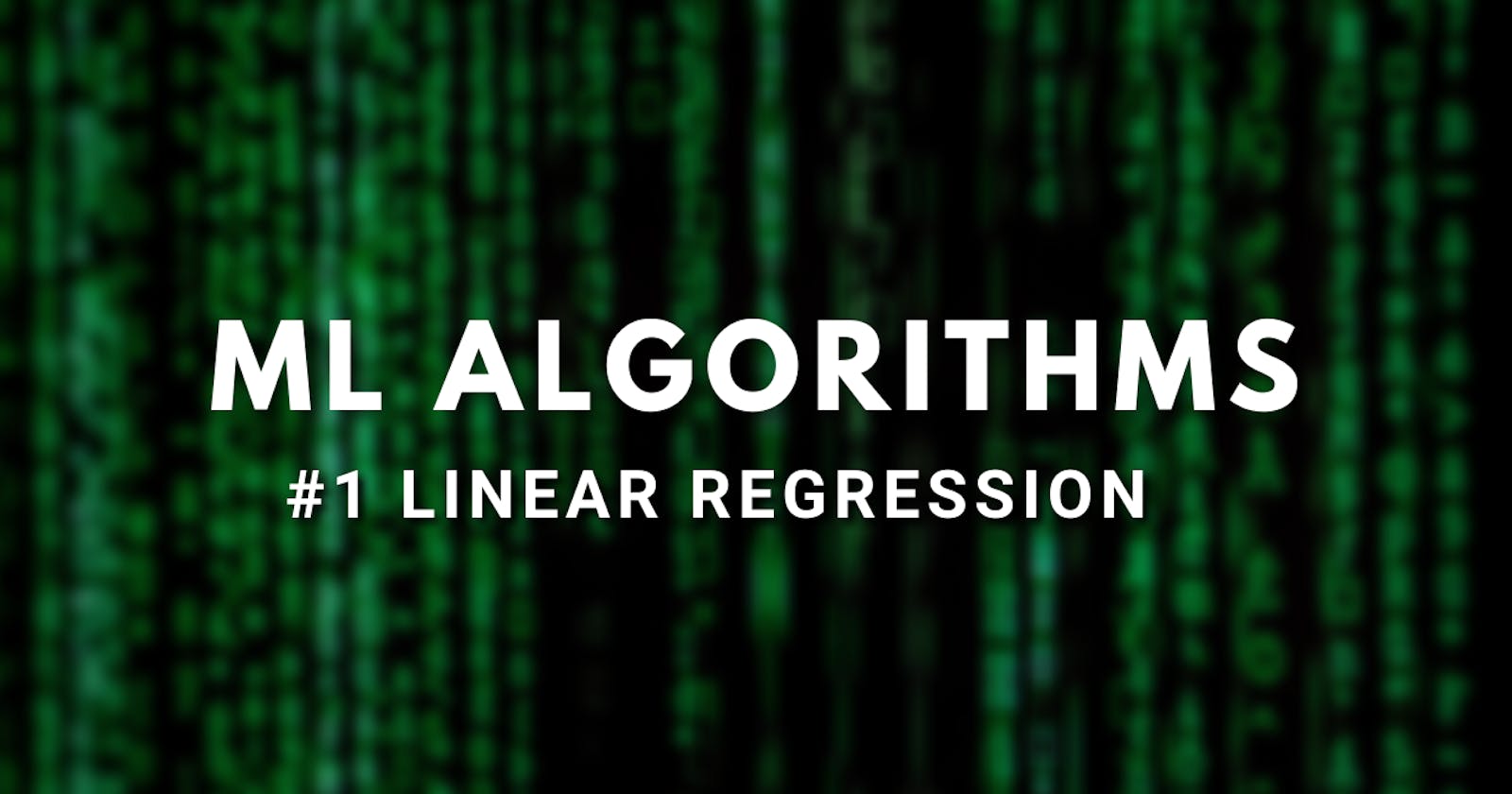Overview
Greetings, fellow enthusiasts and machine learning experts out there! It's been an exciting 42 days since I embarked on my journey into the world of Machine Learning. Today, I want to dive deep into a crucial aspect of this field: algorithms. Specifically, let's demystify the cornerstone of predictive modelling – Linear Regression. In this blog post, we'll explore Linear Regression comprehensively, delving into its inner mechanisms, real-world applications, and its remarkable ability to transform data into predictive insights.
Introduction
Linear Regression is the cornerstone of statistical modelling, a powerful tool that forms the foundation for many advanced machine learning techniques. In this blog post, we'll embark on a journey to understand Linear Regression in-depth, exploring its inner workings, real-world applications, and how it transforms data into predictive insights.
What is Linear Regression?
Linear Regression is a supervised learning algorithm used for predicting a continuous target variable based on one or more input features. It assumes that there is a linear relationship between the input features and the target variable, making it one of the simplest yet effective techniques in the world of predictive modelling.
The Anatomy of Linear Regression
To truly grasp Linear Regression, let's break it down into its essential components:
1. Linear Equation
At the heart of Linear Regression is a linear equation:
y = mx + b
yis the target variable we want to predict.xrepresents the input features.mis the slope of the line (the coefficient).bis the y-intercept (the point where the line crosses the y-axis).
2. Objective Function
The goal of Linear Regression is to find the best-fitting line that minimizes the difference between the predicted values and the actual target values. This is typically achieved by minimizing the Mean Squared Error (MSE) or the Mean Absolute Error (MAE) between the predicted and actual values.

Best-fit line - The red line you see is the best-fit line & is a straight line that represents the best approximation of the relationship between two or more variables in a dataset.
3. Training the Model
Training a Linear Regression model involves finding the optimal values for the coefficients m and b. This is done by fitting the model to the training data using an optimization algorithm, such as the Ordinary Least Squares (OLS) method.
Real-World Applications
Let's delve into some real-world scenarios where Linear Regression shines:
1. House Price Prediction
Imagine you're in the real estate business, and you want to estimate the selling price of houses based on their characteristics, such as size, number of bedrooms, and location. Linear Regression can help you build a pricing model that considers these factors to provide accurate predictions.
2. Stock Market Analysis
In finance, Linear Regression is used to analyze historical stock prices and predict future price movements. Traders and investors rely on regression models to make informed decisions about buying or selling stocks.
3. Medical Research
Medical researchers utilize Linear Regression to study the relationship between variables like age, lifestyle, and genetic factors and their impact on health outcomes. This aids in understanding disease risk and treatment efficacy.
4. Marketing and Sales
Businesses use Linear Regression to assess the effectiveness of marketing campaigns. By analyzing data on advertising spend, customer demographics, and sales, companies can optimize their marketing strategies for higher ROI.
Assumptions and Limitations
While Linear Regression is a powerful tool, it comes with some assumptions and limitations:
Linearity Assumption: It assumes a linear relationship between the input features and the target variable. If this assumption is violated, the model's accuracy may be compromised.
Independence of Errors: Linear Regression assumes that the errors (residuals) are independent of each other. Autocorrelated errors can lead to incorrect parameter estimates.
Homoscedasticity: It assumes a constant variance of errors across all levels of the target variable. Heteroscedasticity can result in unreliable predictions.
Conclusion
Linear Regression is a fundamental and versatile tool in the world of data science and machine learning. It empowers us to make predictions based on historical data, enabling informed decision-making in various domains. Understanding its inner workings, assumptions, and real-world applications is a valuable step toward becoming proficient in predictive modelling.
As you continue your journey in data science, Linear Regression will serve as a strong foundation upon which you can build more complex and sophisticated models to extract insights and solve challenging problems.
I hope you've found this blog insightful.
Your time and attention are greatly appreciated!
ME: "Gradient Descent" you're next up!
